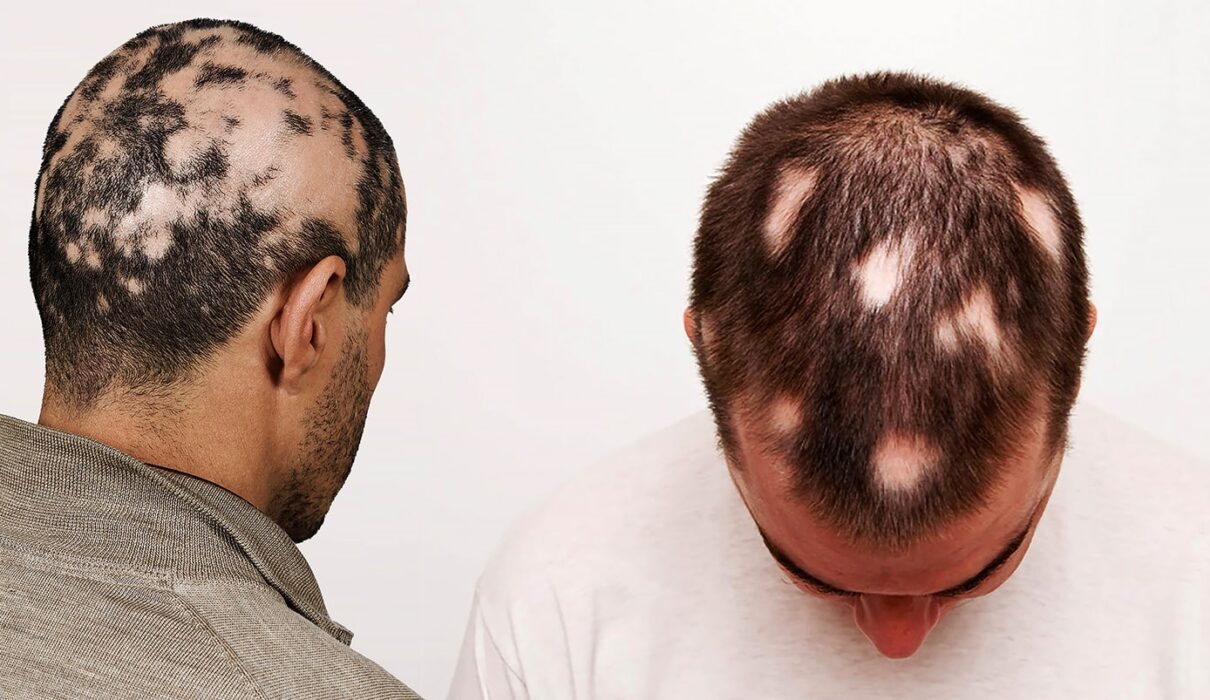Ringworm, also known as dermatophytosis, is a common fungal infection that can affect the skin, nails, and scalp. Despite its name, ringworm is not caused by a worm but by a group of fungi called dermatophytes. The most common types of dermatophytes that cause ringworm include:

Trichophyton: This is the most common type of fungus responsible for causing ringworm. Trichophyton rubrum is the predominant species associated with skin and nail infections, while Trichophyton tonsurans is commonly associated with scalp infections, particularly in children.

Microsporum: This type of fungus primarily causes ringworm of the scalp, known as tinea capitis. Microsporum canis is the most common species responsible for scalp infections, and it is often transmitted from infected animals such as dogs and cats.
Epidermophyton: This fungus is less common compared to Trichophyton and Microsporum, but it can also cause ringworm infections, particularly affecting the feet (tinea pedis) and groin area (tinea cruris).
Ringworm is highly contagious and can be transmitted from person to person or through contact with infected animals, contaminated surfaces, or objects. The fungi thrive in warm and moist environments, making certain factors increase the risk of developing ringworm:
Direct contact: Coming into direct contact with an infected person or animal can transfer the fungi to your skin.
Indirect contact: Sharing personal items such as clothing, towels, combs, or sports equipment with an infected individual can lead to transmission.
Poor hygiene: Inadequate personal hygiene, such as not washing hands regularly or not bathing after participating in activities that promote fungal growth (e.g., sports), can contribute to the spread of ringworm.
Warm and humid environments: Fungi responsible for ringworm thrive in warm and humid conditions, such as locker rooms, swimming pools, and communal showers.
Weakened immune system: People with weakened immune systems, such as those with HIV/AIDS or undergoing certain medical treatments, are more susceptible to fungal infections, including ringworm.
It’s important to note that different types of dermatophytes can cause specific forms of ringworm. For example, tinea corporis refers to ringworm affecting the body, tinea pedis refers to athlete’s foot, and tinea cruris refers to jock itch. If you suspect you have ringworm or have been in contact with an infected individual, it is advisable to seek medical attention for a proper diagnosis and appropriate treatment


